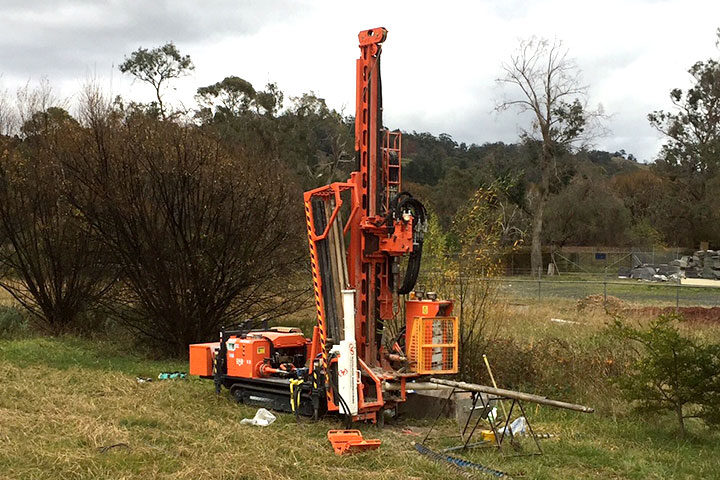
Mineral exploration expenditures in Australia rose again in the first quarter of 2021 to a value of $843.9 million. Do you have a prospect waiting for an exploration project?
Getting high quality samples from your exploration drilling is critical. You need to be sure of the data before you commit to developing or abandoning an area. Drilling rigs for reverse circulation drilling and diamond core drilling will give you the best results.
Find out more about drilling rigs for mineral exploration and which one might be the best for your project.
Reverse Circulation Drilling
Reverse circulation drilling is one of the most common methods for exploring potential mineral deposits. It gives you a crushed sample. You can get cuttings from a fairly precise depth in the drill hole.
Reverse circulation drilling is a type of percussion drilling.
A piston-driven hammer drives the drill bit into the rock. If the drilling surface is soft or if water enters the hole, a tricone can replace the hammer. Compressed air forces the drill cuttings from the hole.
Reverse circulation drilling is popular because the samples are free of contaminants.
It needs less handling than some other drilling methods, which makes it faster and less expensive. You can get samples from many drill holes in a short time. This makes your ground investigation or ore body definition go more quickly.
Diamond Core Drilling
Diamond core drilling is another ideal method for exploratory drilling. It gives you a solid, cylindrical sample of the ground at a precise depth.
Diamond core drilling is the most expensive drilling method. The drill has industrial diamonds attached to the drill rods, which makes the core bits cost more. In addition, the process takes more time than reverse circulation drilling.
The drill rods drill through the rock layers, leaving a core of rock in the centre.
You have two ways to remove the sample. You can bring the entire core barrel to the surface or you can lift only the inner tube sample. The second method is faster because the drill rods stay down the hole.
Diamond core drilling gives you very high quality samples. You get the entire core of a mineral. This lets you analyse attributes like strength, composition, and porosity.
Reverse Circulation Drilling Rigs vs Diamond Core Drilling Rigs
Reverse circulation drilling is well-suited for hard rock types. You can use it in all formation types. You can easily convert a reverse circulation drill rig to production drilling.
Reverse circulation drilling is faster than diamond core drilling. In addition, the equipment and materials are less expensive.
However, for exploration deeper than 300 metres or so, you’ll need a diamond core drilling rig.
Diamond core drilling works best in consolidated formations. It creates a straight pilot hole whereas reverse circulation drill holes tend to corkscrew.
Diamond core drilling rigs are relatively small. They’re a good choice for remote sites. Some rigs are small enough that you can transport them by helicopter to areas without road access.
Choosing the Right Exploration Drilling Rigs for Your Prospect
You have different types of drilling rigs to choose from. The right rig for your mineral exploration project depends on factors like the kind of sample you need and the composition of the rock layers you’ll be drilling. Working with an experienced drilling company ensures you’ll get the right equipment for the job.
BG Drilling has been providing the best possible service and results to our clients since 2012. Our fleet is equipped for reverse circulation and diamond core drilling. Our skilled personnel are focused on going beyond your expectations for quality, safety, and efficiency.
Contact us today, and let’s start planning your project.



